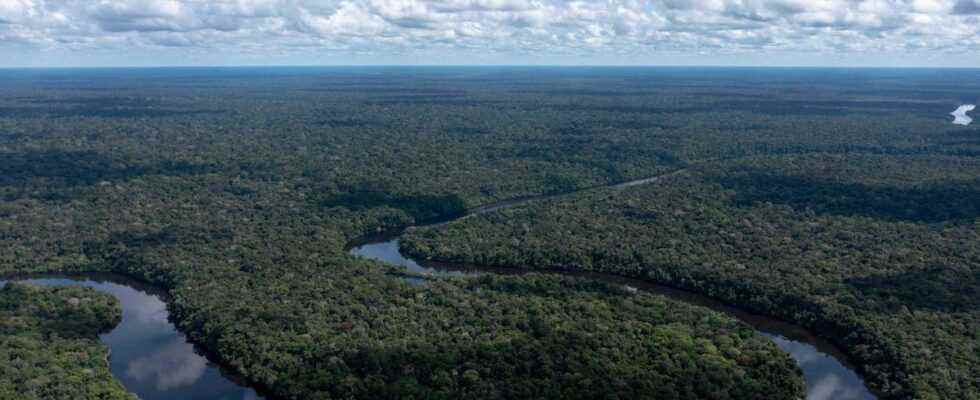Deforestation in all ecosystems in Brazil increased last year by 20.1%, according to an independent study made public on Monday July 18, which points out that in 2021 the Amazon lost an average of 18 trees per second.
“Brazil lost 16,557 km2 of original vegetation cover in all its ecosystems last year“, after 13,789 km2 in 2020, indicates the Mapbiomas collaborative platform, which compiles data from various satellite mapping systems.
“18 trees per second”
Most of this deforestation (59%) took place in the Amazon. Then come the Cerrado, the Brazilian savannah (30.2%), the Caatinga, a semi-arid zone in the northeast (7%), then the Atlantic forest or “Mata Atlantica(1.8%) and the Pantanal (1.7%). “In the Amazon alone, 111.6 hectares were deforested every hour, or 1.9 hectares per minute, which equates to nearly 18 trees per secondsays Mapbiomas, which brings together NGOs, universities and technology companies.
Read alsoBrazil: record deforestation in the Amazon for a month of February
Agriculture and animal husbandry remain the mainpressure vectorsof deforestation, for which they are 97% responsible. In the state of Para (north), clandestine mines also exert a strong pressure, according to the study. Since 2019, when far-right President Jair Bolsonaro came to power, deforestation in all ecosystems has reached 42,000 km2, “almost the surface of the State of Rio de Janeiro“, according to the same source.
75% increase
Environmental advocates and the opposition accuse the Bolsonaro government of encouraging deforestation by defending the exploitation of the Amazon and weakening environmental watchdogs. According to official data from the National Institute for Space Research (INPE), between January and June 2022, the Brazilian part of the Amazon (60%) lost 3,988 km2 of forested area, a record for a first semester since 2016. date of the first records of the Real-Time Deforestation Detection System (Deter).
Read alsoBrazil: Amazon forest fires up 30% in 2019
Official figures also show that since President Bolsonaro came to power, average annual deforestation in the Amazon has increased by 75% compared to the previous decade.
